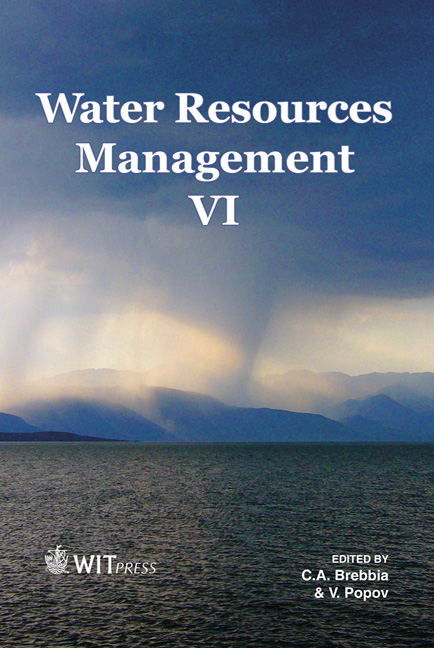Planning For Sustainable Water Supplies For US Army Installations
Price
Free (open access)
Transaction
Volume
145
Pages
12
Page Range
75 - 86
Published
2011
Size
649 kb
Paper DOI
10.2495/WRM110071
Copyright
WIT Press
Author(s)
E. M. Jenicek & D. F. Fournier
Abstract
A key concern for the United States Army is the vulnerability of military installations to critical resource issues. In recent years, military installations have been impacted by conditions of increasing demand and decreasing supply of high quality fresh water. Urban growth adjacent to installations has combined with prolonged regional droughts to place key military missions at risk due to limited availability of this vital resource. Regional competition for water threatens continued availability of adequate water both on post and in adjacent urban areas. A series of recently completed studies comprise the first comprehensive review of long-term installation water sustainability. National watershed assessments provide a means to classify installations based on the health of the associated watersheds. Regional assessments provide the specific information necessary to formulate policy measures that can support a sustainable water future. These analyses – completed on a watershed level and projected over a 30 year time frame – include estimates of both installation and regional water demand. Assessments were completed for twelve Army bases across the United States and for three overseas installations. Results depict a range of installation water sustainability conditions that reflect the larger picture of water sustainability across the United States and around the world. The Army is applying the results of these studies to develop policies that will support sustainable long-term water supplies. Keywords: water security, regional sustainability, water budget, water supply, water demand, water projection, climate change and water resources.
Keywords
water security, regional sustainability, water budget, water supply, water demand, water projection, climate change and water resources





